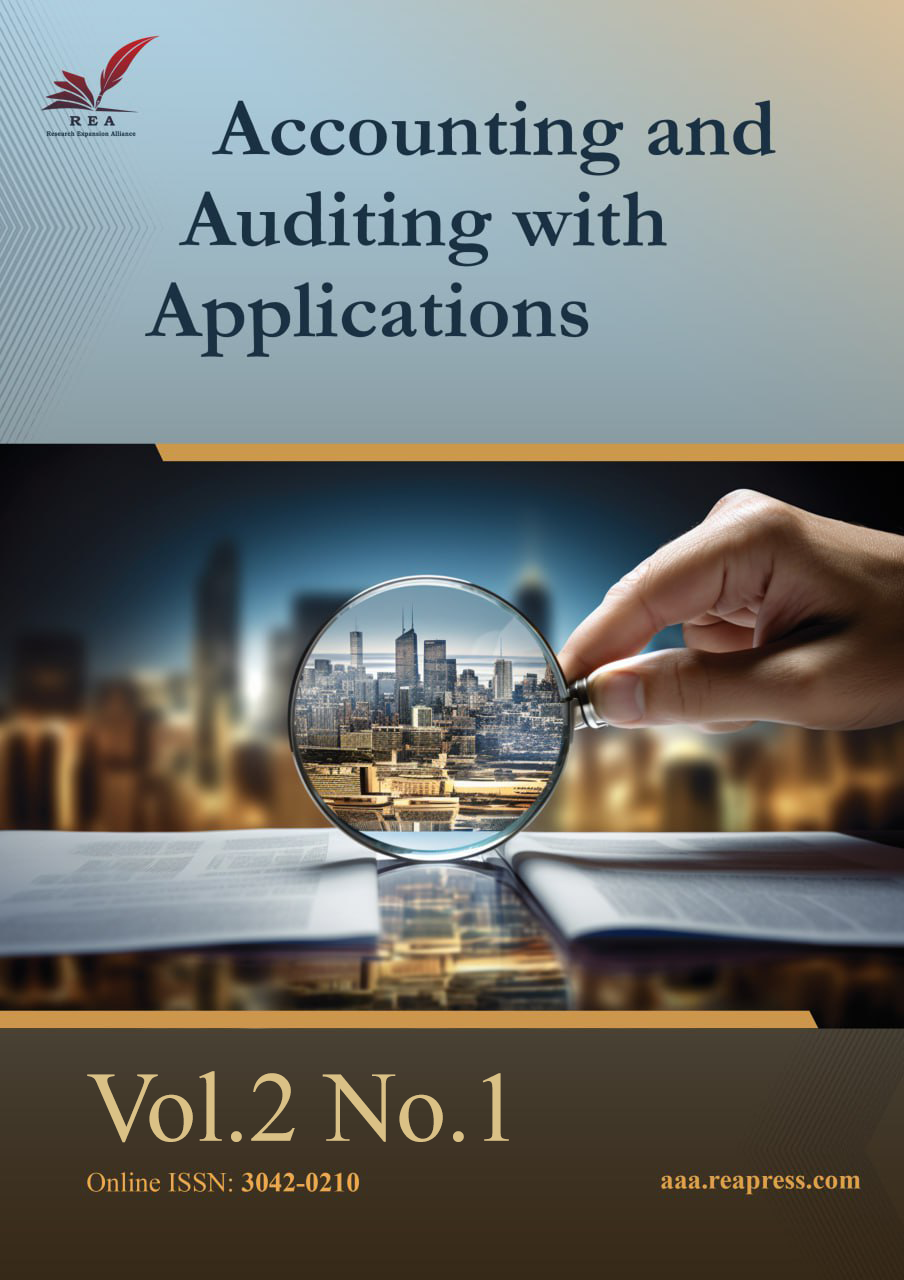AI-Driven Edge Computing in Smart City IoT Infrastructures
Abstract
The increasing complexity of urban infrastructures and the rapid growth of Internet of Things (IoT) devices present significant challenges for real-time data processing, resource management, and scalability within smart cities. Traditional cloud computing models face limitations in latency and bandwidth, primarily due to their centralized data processing architecture. AI-driven edge computing emerges as a compelling solution, bringing computation closer to data sources, allowing faster decision-making, and reducing network congestion. This paper delves into integrating AI with edge computing in smart city IoT infrastructures, emphasizing how AI enhances data processing, optimizes resource allocation, and strengthens security at the edge. This paper highlights the transformative role of AI in addressing challenges like latency, bandwidth limitations, and data privacy concerns through a comprehensive review of current research and case studies. The results show that AI-powered edge computing can significantly boost the performance and sustainability of various smart city services, such as traffic management, energy efficiency, and environmental monitoring.
Keywords:
Edge computing, Internet of things, Smart city, AI optimization, Data privacy, Real-time analyticsReferences
- [1] Mohapatra, H. (2021). Socio-technical challenges in the implementation of smart city. 2021 international conference on innovation and intelligence for informatics, computing, and technologies (3ICT) (pp. 57-62). IEEE. https://ieeexplore.ieee.org/abstract/document/9581905/
- [2] Zanella, A., Bui, N., Castellani, A., Vangelista, L., & Zorzi, M. (2014). Internet of things for smart cities. IEEE internet of things journal, 1(1), 22–32. https://doi.org/10.1109/JIOT.2014.2306328
- [3] Gubbi, J., Buyya, R., Marusic, S., & Palaniswami, M. (2013). Internet of Things (IoT): A vision, architectural elements, and future directions. Future generation computer systems, 29(7), 1645–1660. https://doi.org/10.1016/j.future.2013.01.010
- [4] Botta, A., De Donato, W., Persico, V., & Pescapé, A. (2016). Integration of cloud computing and internet of things: a survey. Future generation computer systems, 56, 684–700. https://doi.org/10.1016/j.future.2015.09.021
- [5] Da Xu, L., He, W., & Li, S. (2014). Internet of things in industries: A survey. IEEE transactions on industrial informatics, 10(4), 2233–2243. https://doi.org/10.1109/TII.2014.2300753
- [6] Sun, Y., Song, H., Jara, A. J., & Bie, R. (2016). Internet of things and big data analytics for smart and connected communities. IEEE access, 4, 766–773. https://doi.org/10.1109/ACCESS.2016.2529723
- [7] Shi, W., Cao, J., Zhang, Q., Li, Y., & Xu, L. (2016). Edge computing: Vision and challenges. IEEE internet of things journal, 3(5), 637–646. https://doi.org/10.1109/JIOT.2016.2579198
- [8] Mohapatra, H. A. K. R. (2020). IoT-based smart water. IOT technologies in smart-cities: from sensors to big data, security and trust, 63. https://B2n.ir/d44249
- [9] Alkinani, M. H., Almazroi, A. A., Adhikari, M., & Menon, V. G. (2022). Artificial intelligence-empowered logistic traffic management system using empirical intelligent XGBoost technique in vehicular edge networks. IEEE transactions on intelligent transportation systems, 24(4), 4499–4508. https://doi.org/10.1109/TITS.2022.3145403
- [10] Mammen, P. M. (2021). Federated learning: opportunities and challenges. https://doi.org/10.48550/arXiv.2101.05428
- [11] Slama, S. B. (2022). Prosumer in smart grids based on intelligent edge computing: A review on Artificial Intelligence Scheduling Techniques. Ain Shams engineering journal, 13(1), 101504. https://doi.org/10.1016/j.asej.2021.05.018


